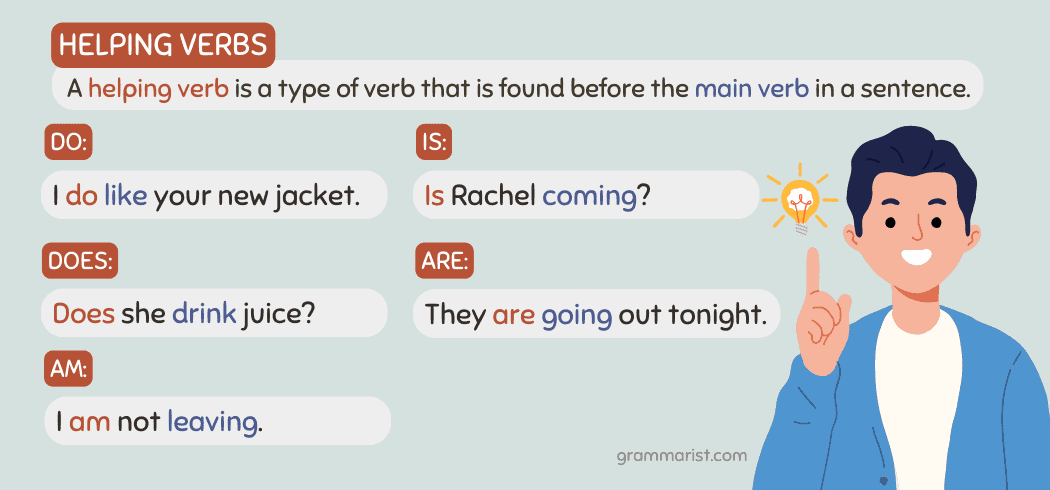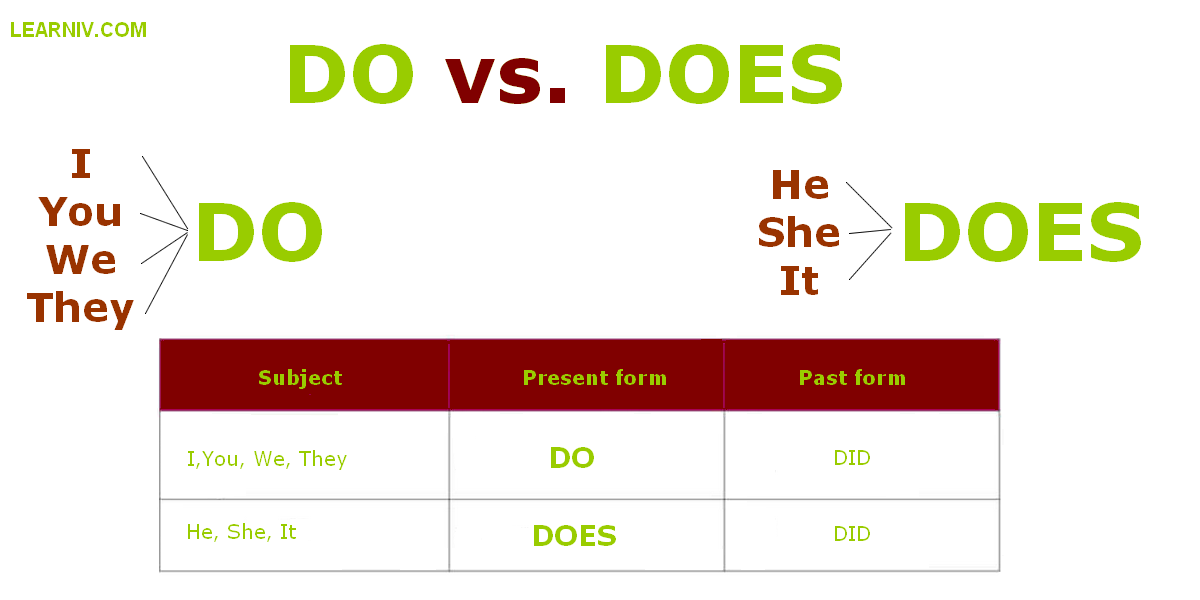Mastering Automotive Paint Removal: Methods, Tools, and Expert Guidance for Every Project
Introduction: Why Strip Automotive Paint?
Stripping automotive paint is a key step in car restoration, custom builds, or preparing a surface for a new coat of paint. Whether you’re correcting surface flaws, removing rust, or starting a full restoration, removing old layers creates a solid foundation for your next project. The process can range from manual sanding to advanced blasting techniques, each with its own tools, benefits, and challenges. Choosing the right approach will save time, achieve better results, and protect your vehicle’s underlying structure.
Understanding Your Options: Main Methods for Removing Automotive Paint
There are several effective ways to strip automotive paint. The primary approaches include:
- Sanding – Manual or mechanical abrasion using sandpaper or machines.
- Chemical Stripping – Application of paint removers to dissolve coatings.
- Media Blasting – Abrasive blasting with materials like sand, glass, or water.
- Acid Dipping – Professional immersion in chemical baths to remove paint and rust.
Each method offers distinct advantages and is suited for different project scales and conditions.
Sanding: Manual and Mechanical Techniques
Sanding is a classic, hands-on method that remains widely used for its control and cost-effectiveness. Manual sanding involves using sheets of sandpaper, often beginning with a coarse 40- or 80-grit, then progressing to finer grits. Mechanical sanding tools, such as orbital or drum sanders, dramatically speed up the process on large, flat surfaces. For instance, using a high-RPM electric sander or a drum sander can help remove paint quickly and efficiently from hoods, doors, and other major panels [4] . Wet sanding, which uses water to reduce dust and heat, is an alternative that’s especially popular for minimizing airborne particles.
While sanding delivers excellent results, it is labor-intensive for entire vehicles and may struggle to reach tight corners or complex body shapes. It is an ideal method for spot repairs, smaller jobs, or when a gentle approach is needed to preserve the underlying metal.
Chemical Stripping: Breaking Down Paint with Solvents
Chemical paint strippers are applied to the car’s surface to break the bond between paint and metal. Modern formulations are safer and more effective than ever before. The typical process includes:
- Scuffing the paint with 80-grit sandpaper to aid penetration
- Covering seams with masking tape to prevent seepage
- Applying the stripper evenly and covering with plastic to retain moisture
- Waiting for bubbling to stop (usually 20+ minutes)
- Scraping off loosened paint with a suitable tool
- Neutralizing residues with denatured alcohol or soap and water
- Applying primer the same day to prevent oxidation
Chemical stripping is highly effective on intricate surfaces and layered finishes but requires careful safety measures, including gloves, eye protection, and adequate ventilation. Always follow manufacturer instructions and local disposal regulations [2] .
Media Blasting: Fast and Flexible Paint Removal
Media blasting, also known as dry or air blasting, uses high-pressure streams of abrasive material to strip paint from automotive panels. Abrasive media options include sand, glass beads, crushed walnut shells, and plastic. The operator can tailor abrasiveness and pressure to the substrate, making it suitable for removing single or multiple layers, rust, and body filler [1] .
A modern evolution of this technique is dustless blasting , which combines water with the abrasive. This method reduces dust, minimizes heat buildup, and helps prevent warping of thin metal panels. It also allows larger areas to be stripped in hours rather than days. After blasting, a rust inhibitor can be applied to protect bare metal for up to 72 hours while you prepare for priming [1] .
Media blasting is best performed by experienced users or professionals, as improper technique may damage panels or leave uneven surfaces. For DIYers, rental shops may offer equipment, but training and protective gear are essential.
Acid Dipping: Complete Stripping and Rust Removal
Acid dipping is a specialized process typically provided by professional restoration shops. The entire vehicle body, after total disassembly, is immersed in a chemical bath that dissolves paint, rust, and contaminants. This method is especially effective for vehicles with extensive corrosion or hard-to-reach areas.
Acid dipping not only removes all paint but also leaves a phosphate coating that can protect against future rust. However, this process requires significant preparation, including removal of all mechanical and electrical components, and is best reserved for full restorations or heavily rusted classics [2] , [3] .
If you are considering acid dipping, search for professional automotive restoration shops in your area that offer this service. Be prepared to ask about their process, experience with your vehicle type, and after-care recommendations.

Source: playhousegc.co.uk
Step-by-Step: How to Strip Automotive Paint at Home
If you are tackling paint removal yourself, here’s how to proceed safely and effectively:
- Preparation : Work in a well-ventilated area, wear gloves, eye protection, and a respirator. Remove trim, lights, and accessories. Clean the surface to remove dirt and grease.
- Choose Your Method : For small areas or touch-ups, sanding or chemical stripper may suffice. For entire panels or cars, consider renting a media blasting system or hiring a professional for blasting or dipping.
- Sanding : Use a sander with 40- or 80-grit discs for initial removal. Work in overlapping passes on flat areas and switch to finer grits for finishing. For curves and tight areas, hand sanding may be needed [3] .
- Chemical Stripping : Score the surface, apply the stripper as directed, let it react, then scrape gently. Repeat as necessary for multiple layers, and neutralize before priming [2] .
- Media Blasting : If using a blasting system, follow safety protocols. Adjust pressure and media to suit the panel. Move smoothly to avoid hot spots or warping [1] .
- Final Cleanup : Wipe down all bare surfaces to remove dust or chemical residue. Apply a rust inhibitor or primer as soon as possible to prevent flash rust.
For video demonstrations and real-world technique comparisons, you may find instructional resources on popular video platforms like YouTube. Search for reputable automotive restoration channels and look for content on “paint removal” or “stripping automotive paint” for step-by-step visuals [4] .
Common Challenges and Solutions
Paint removal is not without its obstacles:
- Stubborn Paint Layers : Multiple or old paint layers may require several passes or a combination of methods.
- Panel Warping : Excessive heat from sanding or blasting can warp thin panels. Use lower pressure and keep tools moving.
- Rust Exposure : Bare metal is prone to flash rust. Apply rust inhibitors or primer promptly.
- Safety : Always use protective equipment and follow all product instructions. Ventilate your workspace and dispose of materials responsibly.
If you encounter issues, consult with local professionals or automotive supply stores for advice. Industry forums and restoration communities can also offer peer support and troubleshooting tips.
Alternative Approaches and When to Hire a Pro
While DIY paint removal is feasible for many enthusiasts, certain situations call for expert help. Vehicles with severe rust, complex bodywork, or classic models with delicate panels may benefit from professional media blasting or acid dipping. Shops offering dustless blasting or dipping usually have advanced equipment and experience with a variety of vehicles [1] , [3] .
To find a qualified professional, search for “automotive paint removal services” or “dustless blasting” in your area. Check reviews, ask about their process, and inquire about experience with your vehicle type. For acid dipping, ensure the provider is familiar with your specific make and model, and discuss post-dipping treatment to prevent corrosion.

Source: artofit.org
Key Takeaways
Stripping automotive paint is a critical step in achieving a flawless finish for your restoration or repair project. Assess your needs, choose the right method, and follow proven steps for best results. Whether you DIY or hire a pro, a carefully prepared surface sets the stage for exceptional paintwork and lasting value.
References
- [1] Dustless Blasting (2023). The BEST Paint Removal Tool for Automotive Restoration.
- [2] AHH Garage Time (2020). Automotive Paint Stripping -The Complete PRO/ CONS Guide.
- [3] Empire Abrasives (2021). Stripping Car Paint at Home.
- [4] Paint Society (2022). The DIY ANSWER to OLD Paint Removal – YouTube.



